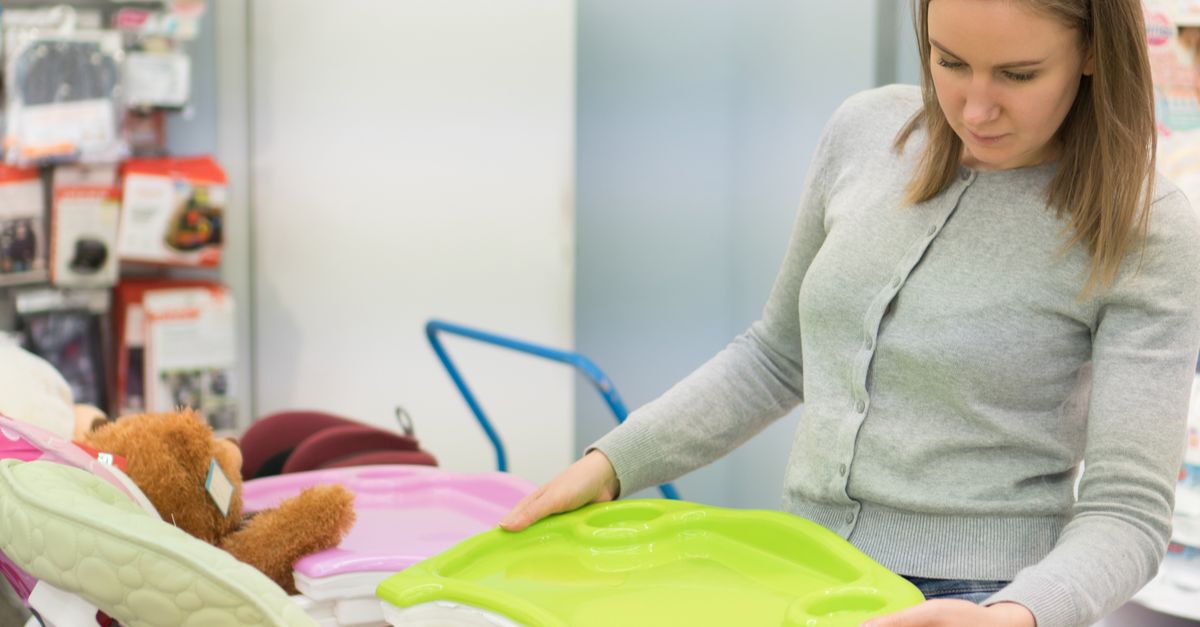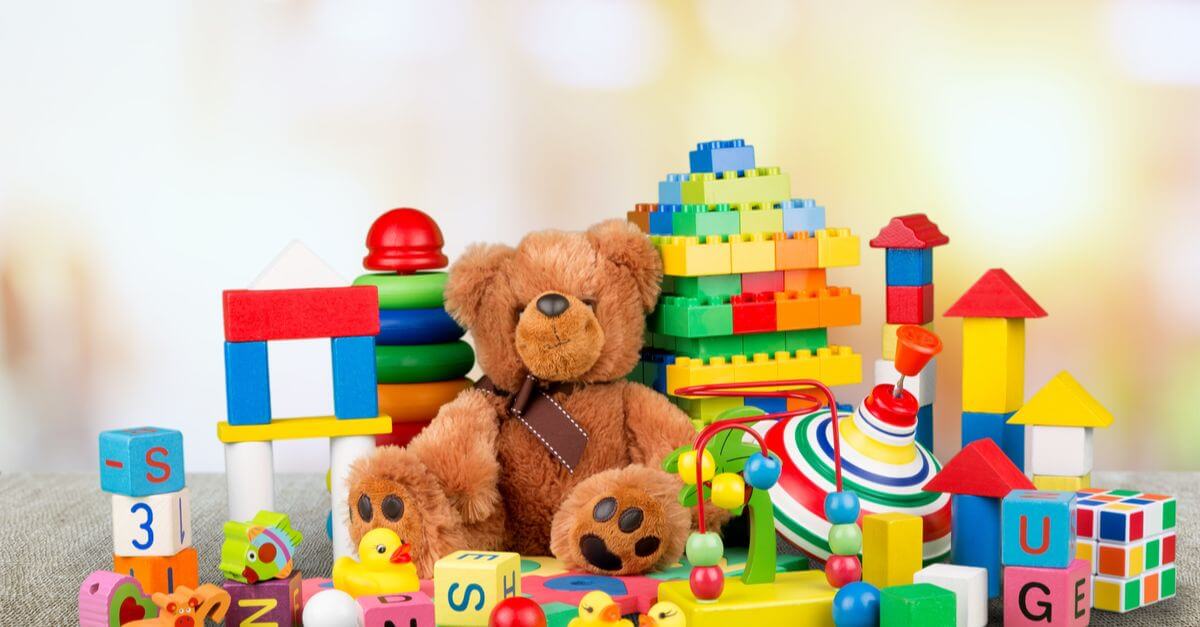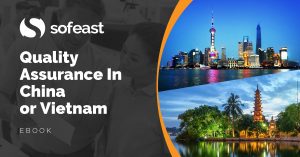The CPSIA (Consumer Product Safety Improvement Act) was enacted in 2008 to enhance children’s product and toy safety in the USA in the wake of high-profile instances of toy recalls due to excessive levels of lead.
What is CPSIA?
The Consumer Product Safety Improvement Act (CPSIA) is a United States law that requires enhanced product safety and strict control over lead and phthalate content in Children’s products and toys specifically for children under 12 years of age.
In particular, the law restricts the amount of phthalates, a softening agent for plastics, to 0.1% (including DIDP, DINP, DNOP, DBP, BBP, DEHP) in children’s toys and products that might reasonably be expected to go in a child’s mouth (this could be most items). It also restricts the appearance of lead in children’s toys and products to just 90 ppm in paint and other surface coatings and 100 ppm in substrates (this is reduced from 600 ppm).
There are also new durability standards for products that may be used in a nursery (for both importers or providers, such as a hotel), for instance, cribs, high-chairs, baby bouncers, walkers, and jumpers. These products will require a product registration card that is used by customers that can be posted to you to report problems and contains product information that can help them identify if their product is affected by a recall.
Products must also be marked by a permanent distinguishing mark or tracking label indicating the manufacturer, batch, and any other mark necessary to trace the product in the case of a recall.
Certification
Importers of these products are now not only required to issue a certificate of compliance (known as a “Children’s Product Certificate” or “CPC”) stating that the product is compliant with all U.S. product safety rules (in this case, ASTM standards regarding toys and children’s products) but also to implement a CPSC-compliant product testing program as well.
Industries/products affected
Industries affected by the CPSIA are broad, however, and manufacturers and importers of apparel, shoes, personal care products, accessories and jewelry, home furnishings, bedding, toys, electronics and video games, books, school supplies, educational materials and science kits are all potentially affected, especially if their key consumers are children.
Penalties
Penalties for non-compliance are harsher than before, including seizure of products and assets, fines of up to US$100,000 per violation, and imprisonment of up to 5 years. It is enforced by the CPSC (Consumer Product Safety Commission) whose budget was increased in order to assist with enforcement and investigation.
What caused the US government to introduce the Consumer Product Safety Improvement Act?
Laws governing children’s safety are usually strict and for good reason. Some high profile issues with toy lead content in 2007 were perhaps the tipping point that led to the CPSIA’s introduction the following year.
In particular, Mattel’s massive recall of almost a million Chinese-made toys which were found to have dangerously high levels of lead content due to the incorrect use of lead paint stands out as a high-profile children’s product safety issue that may have caused lawmakers to act.
What are US importers responsible for?
Toy and children’s product importers are legally responsible for testing and compliance, so in the case of the CPSIA you need to be in control of two aspects:
- You will need to develop and run a product testing program
- You will need to provide a CPC
1. Developing and implementing a CPSC-compliant product testing program
In order to assure that your products are compliant and can be considered safe for end-users, you will need to develop your own product testing program.
This will include:
Third-party lab testing by CPSC-accredited laboratories
The labs will be focusing on ASTM standards, with lead and phthalate content in the crosshairs, as well as other typical tests concerning fire-safety, durability, and choking hazards.
The tests are conducted on a unit basis, meaning that one unit will be tested to destruction. This must provide a ‘high degree of assurance’ that products are compliant in terms of safety.
According to the CPSC:
“You must third party test your first production batch or lot using a CPSC-accepted laboratory to certify your product. After initial certification, you will need to periodically retest your ongoing production, at least once per year for most manufacturers. You need to retest your production batch any time a material change has been made that could impact compliance of the product with any applicable children’s product safety rule.”
Periodic Testing Plan
Your plan must include a reasonable number of samples to be tested, show which tests are conducted, how long there is between tests, and prove that samples taken represent the entire production. (This typically means they were picked randomly by your representatives of quality assurance agency you appoint.)
Annual retesting for products
You will conduct periodic testing of children’s products at a minimum of at least once per year using a CPSC-accepted laboratory. If you change manufacturer or materials, products should be immediately retested. (If following a production testing plan, testing can be biennial instead).
Record retention for 5 years
You will keep records of all periodic test plans and test results for 5 years.
2. Producing a CPC (Children’s Product Certificate)
Your CPC certifies that your products are CPSIA compliant, in that they are safe for the use of children under 12 and comply with restrictions on the use of lead, and phthalates.
You are responsible for creating this certification, but the good news is that it is free of charge to create.
It requires the following elements (courtesy of the CPSC website):
- Identification of the product covered by this certificate: Describe the product(s) covered by this certification in enough detail to match the certificate to each product it covers and no others.
- Citation to each CPSC children’s product safety rule to which this product is being certified: The certificate must identify separately each children’s product safety rule that is applicable to the children’s product.
- Identification of the importer or domestic manufacturer certifying compliance of the product: Provide the name, full mailing address, and telephone number of the importer or U.S. domestic manufacturer certifying the product.
- Contact information for the individual maintaining records of test results: Provide the name, full mailing address, e-mail address, and telephone number of the person maintaining test records in support of the certification.
- Date and place where this product was manufactured: For the date(s) when the product was manufactured, provide at least the month and year. For the place of manufacture, provide at least the city (or administrative region), state (if applicable), and country where the product was manufactured or finally assembled. If the same manufacturer operates more than one location in the same city, provide the street address of the factory.
- Provide the date(s) and place when the product was tested for compliance with the consumer product safety rule(s) cited above: Provide the location(s) of the testing and the date(s) of the test(s) or test report(s) on which certification is being based.
- Identify any third party, CPSC-accepted laboratory on whose testing the certificate depends: Provide the name, full mailing address, and telephone number of the laboratory. Registered small batch manufacturers who are not required to third party test their product to certain children’s product safety requirements must include the registration number provided by the CPSC in this section of the CPC. (Products manufactured by registered small batch manufacturers must still comply with applicable children’s product safety rules.).
Once created, the CPC should be included in product shipments to the USA and also given to (furnished) your distributors and retailers, either as a hard copy or digitally online. It may also be requested by the CPSC and / or commissioner of customs at any time.
Visit the CPSC website to read more about the CPC and see a completed sample.
Why complying with CPSIA is beneficial
These regulations are not specifically meant to make your life as an importer easier. The endgame is to improve the safety of children and babies in the United States; an admirable goal.
However, despite the extra requirements of time and effort on your behalf, there are certain benefits to being CPSIA compliant:
- You as an individual and your business incurs less risk
The penalties for violations are understandably harsh. How many US$100,000 fines could your business afford to pay? How many years in prison would you be prepared to do?
- Your products have a ‘mark of trust’
Any products which are primarily aimed at Children are closely scrutinised by parents and word carries. Knowing that your products are safe is a major selling point for today’s safety-conscious and market-savvy parents.
- Compliance allows you to improve supplier performance
By necessity, the lab tests will pinpoint issues, which allows you to eradicate them from your production (if any are found). Not only does testing prevent non-compliant goods making it to market protecting end-users and your company, but they also drive your suppliers to make positive production changes.
So, the time and effort required to become compliant is an investment in your business’s future as well.
*****
How does CPSIA affect your business? Did you have to make any changes to your supply chain in order to become compliant? Please, leave a comment below to let us know your questions and experiences.
Disclaimer
We are not lawyers. What we wrote above is based only on our understanding of the regulatory requirements. QualityInspection.org does not present this information as a basis for you to make decisions, and we do not accept any liability if you do so.
Sofeast: Quality Assurance In China Or Vietnam For Beginners [eBook]
This free eBook shows importers who are new to outsourcing production to China or Vietnam the five key foundations of a proven Quality Assurance strategy, and also shows you some common traps that importers fall into and how to avoid or overcome them in order to get the best possible production results.
Ready to get your copy? Hit the button below:




Actually I would say that CPSIA makes your life easier. Because it’s very straightforward and easy to understand.
Take US electronics compliance for example. Then it’s up to the importer to assess which UL standards etc may apply, and create their own compliance program.
It’s often deceiving when the CPSC states that “third party testing” is not required for many products.. which may be the case.. if your company has the expertise and equipment to do the testing (and document them) in-house.
Problem: The average importer doesn’t have that capability.